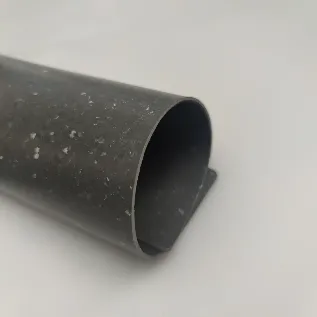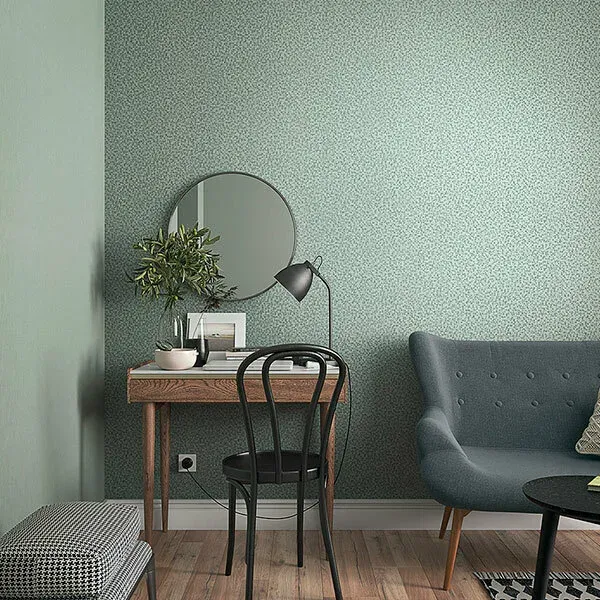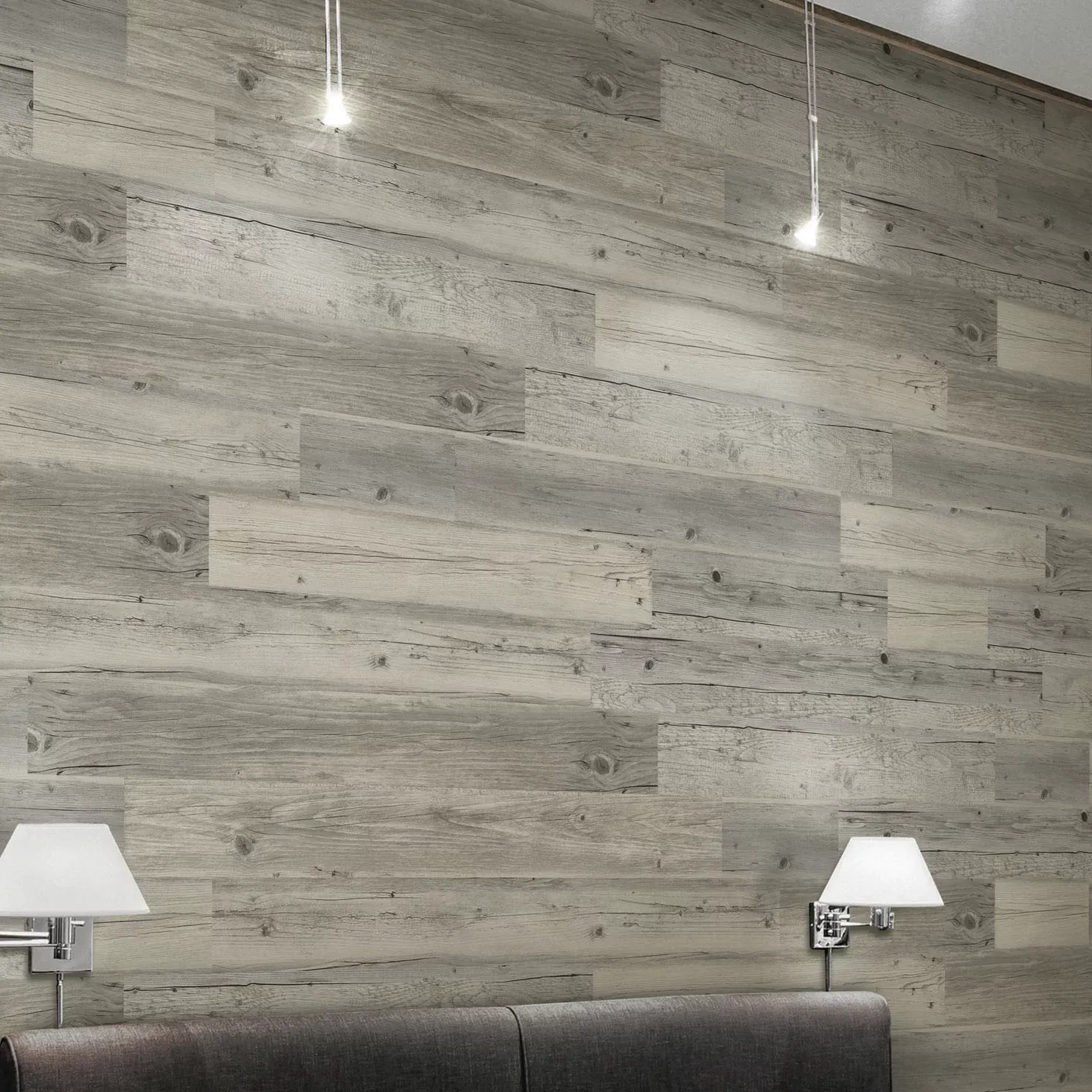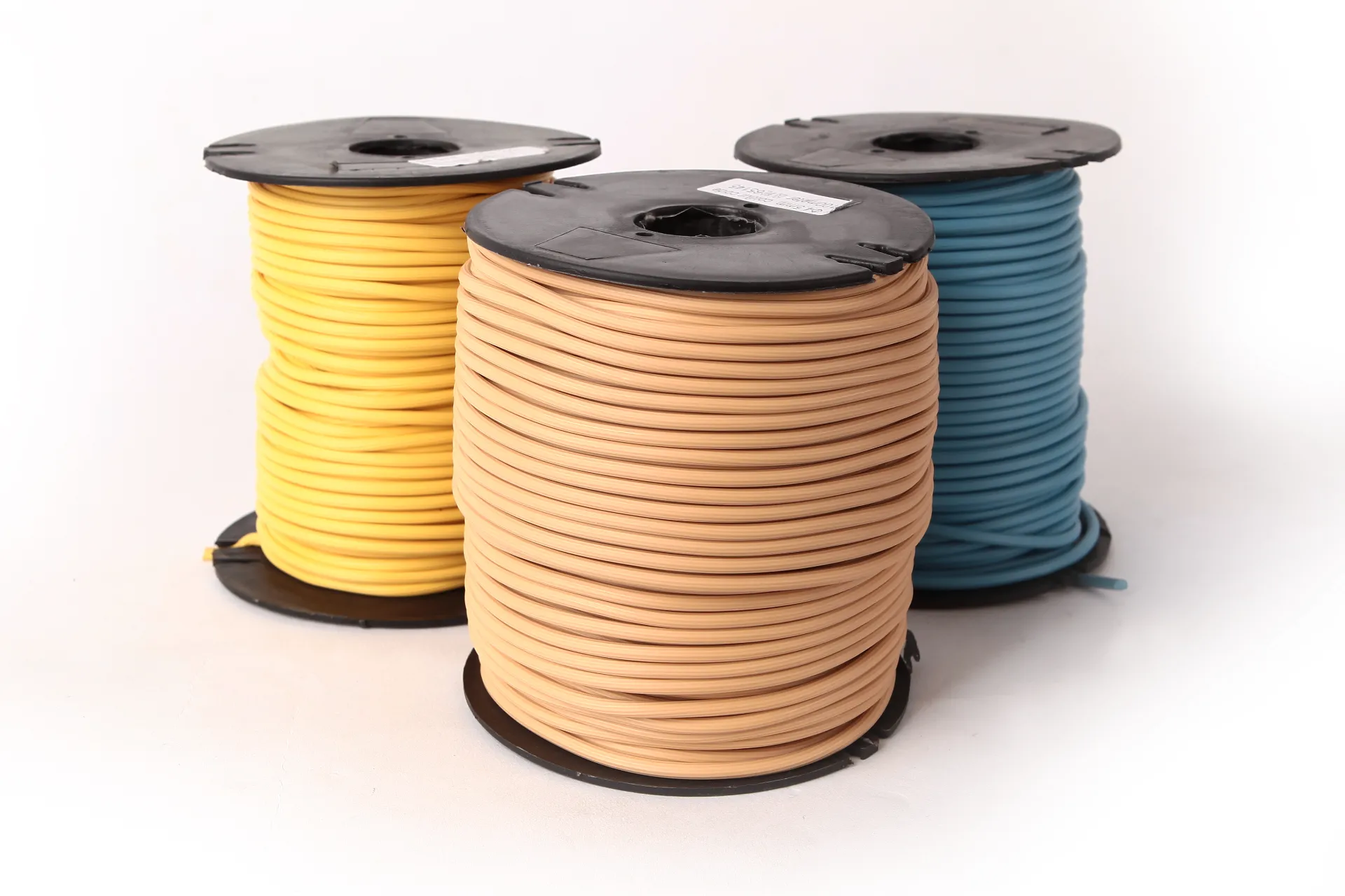
- Afrikaans
- Albanian
- Amharic
- Arabic
- Armenian
- Azerbaijani
- Basque
- Belarusian
- Bengali
- Bosnian
- Bulgarian
- Catalan
- Cebuano
- Corsican
- Croatian
- Czech
- Danish
- Dutch
- English
- Esperanto
- Estonian
- Finnish
- French
- Frisian
- Galician
- Georgian
- German
- Greek
- Gujarati
- Haitian Creole
- hausa
- hawaiian
- Hebrew
- Hindi
- Miao
- Hungarian
- Icelandic
- igbo
- Indonesian
- irish
- Italian
- Japanese
- Javanese
- Kannada
- kazakh
- Khmer
- Rwandese
- Korean
- Kurdish
- Kyrgyz
- Lao
- Latin
- Latvian
- Lithuanian
- Luxembourgish
- Macedonian
- Malgashi
- Malay
- Malayalam
- Maltese
- Maori
- Marathi
- Mongolian
- Myanmar
- Nepali
- Norwegian
- Norwegian
- Occitan
- Pashto
- Persian
- Polish
- Portuguese
- Punjabi
- Romanian
- Russian
- Samoan
- Scottish Gaelic
- Serbian
- Sesotho
- Shona
- Sindhi
- Sinhala
- Slovak
- Slovenian
- Somali
- Spanish
- Sundanese
- Swahili
- Swedish
- Tagalog
- Tajik
- Tamil
- Tatar
- Telugu
- Thai
- Turkish
- Turkmen
- Ukrainian
- Urdu
- Uighur
- Uzbek
- Vietnamese
- Welsh
- Bantu
- Yiddish
- Yoruba
- Zulu
상업용 사무실 바닥재와 건강: 공기 질과 위생 문제 해결
오늘날의 현대적인 사무실 환경에서 기업은 직원의 웰빙과 작업 공간의 전반적인 건강에 점점 더 중점을 두고 있습니다. 상업용 사무실 바닥재의 미적 매력과 내구성이 종종 우선시되지만, 바닥재가 공기 질과 위생에 미치는 영향도 마찬가지로 중요합니다. 바닥재 선택은 깨끗하고 건강한 사무실 환경을 유지하는 데 중요한 역할을 할 수 있으며, 직원의 건강에 영향을 줄 수 있는 알레르기 유발 물질, 박테리아 및 유해 화학 물질의 확산을 줄이는 데 도움이 됩니다.
In this article, we’ll explore how 상업용 사무실 바닥재 공기 질과 위생에 영향을 미치는 동시에, 보다 건강한 직장 환경을 조성하는 바닥재 옵션도 제공합니다.

바닥재와 실내 공기 질의 연관성 에 대한 상업용 사무실 바닥재
실내 공기 질(IAQ)은 특히 직원들이 실내에서 오랜 시간을 보내기 때문에 기업에 점점 더 큰 우려가 되고 있습니다. IAQ가 좋지 않으면 호흡기 문제부터 알레르기, 심지어 피로에 이르기까지 다양한 건강 문제가 발생할 수 있습니다. 상업용 건물용 바닥재어떤 물질은 공기 중으로 유해한 화학 물질을 방출하고, 어떤 물질은 먼지와 알레르기 유발 물질을 가두어 실내 공기 질 문제를 악화시킬 수 있습니다.
합성 섬유로 만든 카펫과 같은 많은 전통적인 바닥재는 먼지, 흙 및 기타 알레르기 유발 물질을 보유할 수 있습니다. 시간이 지남에 따라 이러한 입자는 공기 중으로 방출되어 알레르기 반응을 유발하거나 민감한 개인의 천식 증상을 악화시킬 수 있습니다. 또한 특정 유형의 바닥재, 특히 비닐 및 라미네이트에는 공기 중으로 방출되는 휘발성 유기 화합물(VOC)이 포함될 수 있습니다. VOC는 "병든 건물 증후군"으로 알려진 상태로 이어질 수 있으며, 이는 두통, 현기증 및 눈, 코 및 목의 자극과 같은 증상을 유발합니다.
VOC와 먼지 방출을 최소화하는 바닥재 재료를 선택하면 실내 공기질(IAQ)을 크게 개선하고 더 건강한 직장을 만들 수 있습니다.
실내 공기 질을 향상시키는 상업용 사무실 바닥재
보다 건강한 사무실 환경을 지원하기 위해 기업은 다음을 고려해야 합니다. 내구성 있는 상업용 바닥재 먼지 축적을 줄이고 유해 화학 물질의 방출을 최소화하여 공기 질을 개선하는 재료. 여러 친환경 옵션은 더 깨끗한 공기를 촉진하고 더 나은 직원 건강을 지원하는 능력으로 두드러집니다.
Natural materials such as cork, bamboo, and linoleum are excellent choices for office spaces where air quality is a priority. These materials are naturally resistant to dust and allergens and contain little to no VOCs. Cork, for example, is made from the bark of cork oak trees and is naturally anti-microbial and hypoallergenic. It doesn’t trap dirt or dust, making it an ideal choice for high-traffic office areas that demand cleanliness.
Bamboo is another sustainable, low-emission flooring option that contributes to improved air quality. Since it grows quickly and is harvested without damaging the environment, bamboo flooring is an eco-friendly choice that helps businesses maintain a clean and healthy office space. Linoleum, made from natural materials like linseed oil, cork dust, and wood flour, is another good option for businesses looking for a low-emission floor that doesn’t off-gas harmful chemicals.
In addition to natural materials, certain engineered flooring systems are designed to meet high indoor air quality standards. Many of these products are certified by organizations like GreenGuard and FloorScore, which test and certify flooring materials for low-VOC emissions. Choosing flooring products with these certifications ensures that employees aren’t exposed to harmful chemicals and that the office environment remains fresh and breathable.
상업용 사무실 바닥재와 위생: 직장 청결의 중요한 요소
사무실에서 양호한 위생을 유지하는 것은 세균, 박테리아, 바이러스의 확산을 최소화하는 데 필수적이며, 특히 휴게실, 회의실, 화장실과 같이 접촉이 잦은 구역에서 더욱 그렇습니다. 청소, 소독, 유지 관리가 쉬운 바닥재는 직장을 위생적으로 유지하고 질병 전파 가능성을 줄이는 데 도움이 될 수 있습니다.
Hard flooring surfaces such as tile, vinyl, and polished concrete are generally more hygienic than carpets because they don’t trap dirt, dust, or moisture. These surfaces are easy to wipe down with standard cleaning products, making them more resistant to bacteria and mold growth. For instance, vinyl floors with antimicrobial properties are highly effective in areas like kitchens and bathrooms, where hygiene is a top priority. The smooth surface of vinyl makes it easy to clean and prevents the buildup of germs and allergens.
마찬가지로 세라믹, 도자기 또는 천연석으로 만든 타일은 내구성이 뛰어나고 습기에 강해 곰팡이와 박테리아의 성장을 방지하는 데 도움이 됩니다. 이러한 바닥은 화장실이나 주방과 같이 유출되거나 습도가 높기 쉬운 공간에 특히 적합합니다. 또한 타일 사이의 그라우트 라인은 항균 실런트로 처리하여 위생을 더욱 강화할 수 있습니다.
On the other hand, carpeted floors can trap dirt, dust, and allergens in their fibers, making them more challenging to clean and maintain. In offices with high foot traffic or areas where spills are common, carpet can harbor bacteria and germs that may be difficult to eliminate completely. However, commercial carpets made from high-performance fibers, such as nylon or polypropylene, are designed to resist staining and can be cleaned with specialized equipment to maintain hygiene. It’s essential to ensure carpets are vacuumed frequently and professionally cleaned at regular intervals to prevent the buildup of harmful particles.
교차 오염 감소에 있어서 상업용 사무실 바닥재의 역할
In addition to preventing the accumulation of dirt and allergens, commercial office flooring can also play a role in reducing cross-contamination between different areas of the office. The use of mats or rugs at entrances, for example, can help trap dirt and moisture before it’s carried into the rest of the office. This simple step can help keep floors cleaner and reduce the amount of dust and bacteria that spreads throughout the workspace.
In areas where food is prepared or consumed, such as kitchens or break rooms, it’s important to select flooring that resists stains and moisture absorption. Vinyl and rubber flooring are ideal for these spaces because they are easy to wipe down and are resistant to the growth of bacteria. Additionally, these materials are slip-resistant, reducing the risk of accidents in areas prone to spills.
-
Masking Tape: Clean Removal, Precision Lines, Pro-GradeNov.10,2025
-
Skirting: MDF, Oak & SPC | Durable, Easy-FitNov.10,2025
-
Commercial VCT Tile Flooring – Durable, Low-MaintenanceNov.10,2025
-
LVT Vinyl Floors – Waterproof, Scratch‑Resistant, Easy ClickNov.10,2025
-
Masking Tape - Pro-Grade, Clean Removal, Crisp LinesNov.10,2025
-
Premium Masking Tape - Sharp Lines, Clean RemovalNov.10,2025



